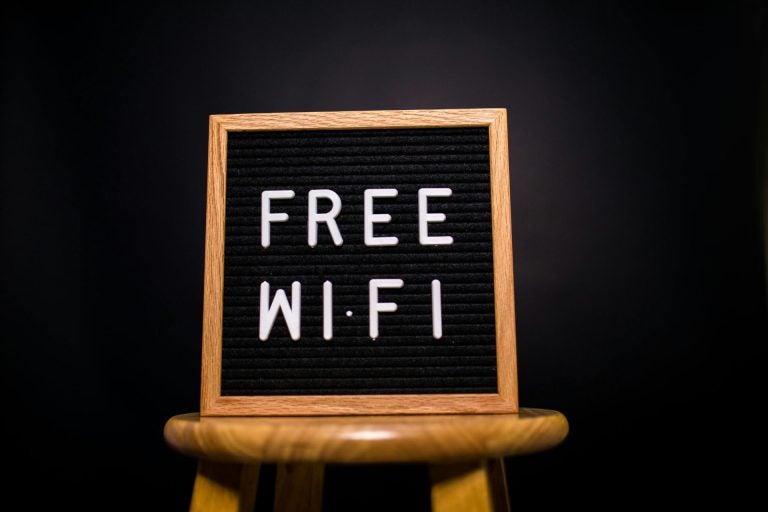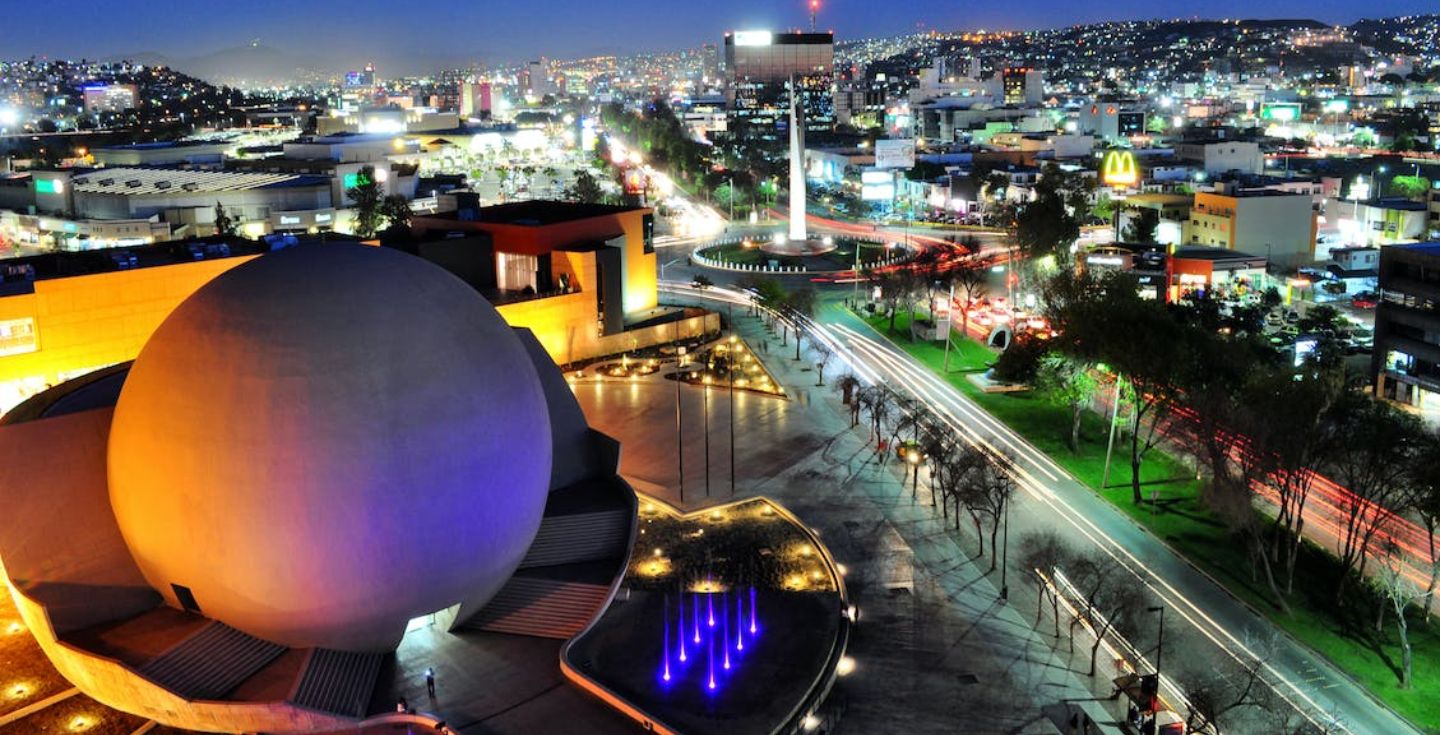How to get mobile internet in India: Best options and providers
You can get mobile internet in India by using eSIM services, travel SIM cards, or pocket WiFi devices. Find out which option suits you best.
India is becoming one of the most popular destinations in the world thanks to its unique culture, architecture, cuisine, and nature. It’s also the most populous country in the world and has 22 recognized languages in its constitution. Therefore, having internet access is a must if you want to find your way around and be able to communicate with the locals.
Mobile internet allows you to use map apps and translators wherever you go, as well as share your travel experiences with your loved ones through VoIP apps such as WhatsApp or Messenger. But what’s the best way to stay connected in India? Follow along to find out.
Best mobile internet options in India
There are several alternatives to staying connected to the internet when you travel to India. You need to consider such factors as price and convenience before you make your choice. Let’s take a look at some of the best options out there.
eSIM for India
Using an eSIM is easily the most convenient way to get internet while traveling in India since you can buy and activate your eSIM online without needing any additional devices or cards.
The Holafly virtual data SIM card for India is a great option if you want peace of mind and forget about constantly tracking your internet usage. All Holafly eSIMs include unlimited data, so you’ll always be able to access the internet, no matter how much data you’ve used.
The plans start at $9.90 for a 1-day plan and go up to $306.90 for a 90-day plan. Holafly allows you to choose any number of days in this range, so you can match your eSIM with the duration of your stay in India and avoid paying for any unnecessary days.
You’ll receive a QR code in your email as soon as you make the purchase. Scan it and follow the simple instructions to activate your eSIM for instant internet connectivity. The whole process only takes a few minutes and you’re ready to go out and explore India.

What are the advantages of the Holafly eSIM?
- A user-friendly system. You can buy it in a few clicks before you begin your trip and enjoy an instant internet connection as soon as you land.
- Instant delivery. Arrives immediately in your email after payment.
- 24/7 customer support. You have 24/7 customer support in multiple languages ready to assist you via live chat, WhatsApp, or email.
- You keep your WhatsApp number. Unlike the physical SIMs that you can buy in India, Holafly allows you to keep your WhatsApp number.
- Days of use. Choose any number of days in the range of 1 to 90.
- Data sharing. Enjoy 500 MB of data sharing per day to keep your travel buddies connected on the same data plan.
- Holafly Connect: Choose from three monthly subscription plans (unlimited data and hotspot, 25 GB or 10 GB) and enjoy stable and reliable coverage in 170+ countries, including India!
How eSIM works in India
- When you have landed, activate your Holafly eSIM by scanning the QR code in your email.
- Holafly will automatically connect you to the Airtel mobile network, the most widespread network in India.
- You’re ready to enjoy India. Please note that coverage with this network is not available in Diskit, Gulmarg, Jammu, Kargil, Kashmir, Katra, Leh, Plan Bandipora, and Srinagar.
Local physical SIM cards
If your device doesn’t support eSIM technology, you can buy a physical SIM card for India from a local provider. This is also a good option if you need to have a local phone number with phone calls and SMS messages included.
This also means that you’ll have to locate an official store and buy the card there. Avoid any unofficial stores and suspicious stands, as they often charge more for lesser plans to take advantage of tourists.
Airtel and Jio are two of the best providers in India, and both offer prepaid cards that you can buy and use all over the country. That said, using a physical card without a dual SIM phone means that you’ll have to remove your regular SIM card. This means that your regular number won’t stay active, and you risk losing the card altogether.
Data roaming
At first glance, data roaming might seem like the simplest, most convenient way to stay connected. All you have to do is activate data roaming in India on your mobile phone, and you’ll automatically be connected to a local mobile network.
The problem comes when you receive the bill from your regular network provider. Most carriers have agreements with other carriers worldwide, but since everyone needs to get something out of the deal, data roaming prices in India tend to be quite high.
For example, if you have a contract with AT&T in the United States, you can get Internet for $2.05/MB with their pay-as-you-go service. This means that 1 GB of data would cost you $2,005 — a ridiculous price for such services.
The only roaming option worth considering is a daily plan called International Day Pass, which costs $12 per day and includes unlimited data, minutes, and calls.

Some carriers, such as Vodafone in the USA, include international roaming into their plans. With such plans, there are no additional roaming charges and you only need to pay a regular rate for data. That said, such plans are much more expensive than regular ones, so it still ends up being quite expensive in the long run.
All in all, avoid using data roaming with a pay-as-you-go service at all costs and only choose the option if you’re able to get a prepaid data plan for India from your provider. Otherwise, simple internet use for maps and messages can land you in debt.
Pocket WiFi
Using pocket WiFi in India is a solid choice if you must keep multiple mobile phones or other devices connected to the same network at all times. Typically, such devices use data SIM cards as a source of mobile internet, and turn the connection into WiFi, much like you would by setting up a mobile hotspot on your phone.
Companies such as WiFiBox, Cello Mobile, and TravelWiFi offer you the chance to rent the pocket WiFi device that already comes set up with the required data plan. The rates start at $6.99/day for 1 GB of data daily and can go up to $20 or more for unlimited data plans.
You can either get the device delivered to your home before your trip, to the hotel you’ll be staying in, or, in some cases, you may be able to pick up the device at the airport that you’ll land in.
The main downside to pocket WiFi is that you have to carry the physical device with you everywhere you go. While it’s compact and light, you risk losing or damaging the device during your trip, which can result in a fine of up to $300, depending on the provider you choose.
On top of that, you’ll have to pay for delivery and return fees as well as the data plan. The service ends up being quite expensive and only really worth it for groups of travelers for sharing the WiFi and the costs with multiple internet users.
Free WiFi in India
Using free WiFi is yet another way to use the internet in India, but it’s nowhere near as great as it sounds. When you find a café or restaurant to connect to the internet, the speed is so low and the network is crowded, so it might take minutes for something as simple as loading a map or sending a picture to your family.
Free WiFi is also not very mobile. You’ll only be able to use it in the establishment that offers free WiFi, and you’ll be left without a connection as soon as you leave. So, the money you save by not buying an eSIM will be spent on coffee or meals at places that offer a free connection.

If you still want to stick with free WiFi, you can use sites like Wi-Fi Space where you locate the free networks anywhere on the map. Another possibility is Google Station, which offers coverage in 400 spots in the country, especially train stations, so you can connect or download documents or videos to watch during your trip.
Internet coverage in India
Since India is a large country, you’ll want to make sure that the connection method you choose offers solid coverage in the area you’ll be visiting. Maintaining a connection in cities shouldn’t be an issue, but the situation can be more complicated in rural areas.
As it stands, Airtel and Jio have the best coverage in India. Both of these providers also collaborate with eSIMs to ensure a solid eSIM service. For example, Holafly eSIM for India works on the Airtel network. You can also find cell phone companies such as Vodafone Idea. However, no other company can currently match the coverage offered by Airtel and Jio.
Is my cell phone compatible with internet networks in India?
Before embarking on your journey, you should check that your cell phone will work in this country. For that, you need to find out if your smartphone is compatible with the frequency bands that operate in this country.
Here, you can see all the frequency bands that work for 5G, 4G, 3G, and 2G technology.
5G N28 (700MHz), N78 (3500 MHz), N258 (mmWave 26 GHz)
4G B1 (2100 MHz), B3 (1800MHz), B5 (850MHz), B8 (900MHz), B40 (TDD 2300MHz), B41 (TDD 2500MHz)
3G B1 (2100MHz), B8 (900MHz)
2G B3 (1800MHz), B8 (900MHz)
On top of that, make sure your device isn’t region locked. If you purchased your phone from a carrier, it might be limited to only working on their networks. Visit your carrier and ask them to unlock the device for your travels.
If you’re planning to get an eSIM, check if you have an eSIM phone. Most modern phones are, but some older models may not support eSIMs.
Which mobile internet service should you choose?
With a number of options to choose from, the best one depends on your own personal needs and preferences. If you need unlimited data, a quick and easy setup process, and an affordable price, then Holafly might just be the best choice for you.
Travel SIM cards, while priced similarly, aren’t as convenient, while pocket WiFi tends to be much more expensive and is better suited for groups of travelers. Using an eSIM offers price and comfort that simply can’t be matched by any other option.
India has one of the fastest-growing mobile internet markets, and these nearby destinations also provide solid connectivity across Asia.
- Mobile internet in Bali
- Mobile internet in Indonesia
- Mobile internet in Singapore
- Mobile internet in Thailand
- Mobile internet in Vietnam
FAQs
Using an eSIM is the best way to get mobile internet in India when traveling. Travel SIM cards from the likes of Jio or Airtel are also good options if you prefer using a physical SIM card over an eSIM.
You can access free WiFi in India in cafes, restaurants, train stations, airports, and hotels, as well as some other establishments. Alternatively, you can rent a pocket WiFi device or turn your phone into a mobile hotspot by sharing data from your SIM or eSIM.





 Language
Language 


















 No results found
No results found













